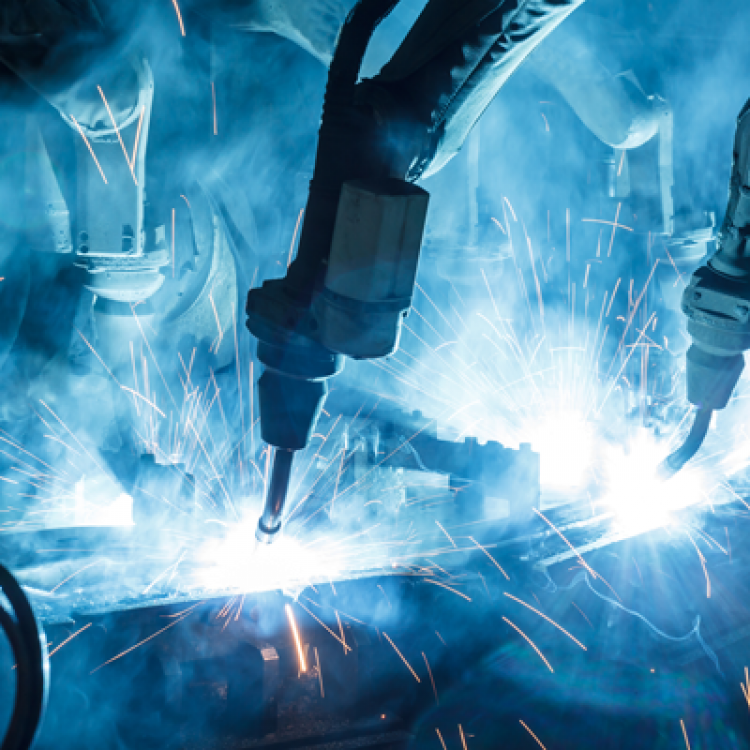The future of motor vehicles: what does it mean for insurance and fleet managers?

Today's cars are changing fast bringing in many safety benefits but also opening up new risks. Cyber crime, more costly repairs and liability disputes are some of the risks fleet managers should be aware of. Louise Kerrigan from Zurich explains.
According to the Department for Transport, in 2017 there were 37.8 million licensed vehicles on UK roads. With these vehicles travelling a total of 327 billion miles in that same year, it's no surprise that we are expecting more from our vehicles. We look at three of the strategic priorities for vehicle manufacturers:
- Automated
- Connected
- Electric
Automated:
Automated advancements in cars both help to prevent a crash or increase your safety if a crash does happen. Examples of automated technology can already be seen in many cars and are increasingly depended on. For example, autonomous emergency braking, which applies the brakes to prevent impact, has a reduced collision frequence by 38% and caused a 45% fall in third party cost.
Other safety developments include adaptive cruise control, which adjusts your speed to ensure you maintain a safe distance from vehicles ahead, and lane keep assistance, which warns you if you are drifting out of your lane and can take corrective action to keep you on course. However, it is important to recognise the risks from this new technology. For example, whilst the technology is keeping drivers safer, what is there to prevent drivers becoming over reliant on the technology itself? Also how can we ensure that people know how and when to use the technology? The sophisticated nature of the technology also increases the complexity and longevity of repairs.
Connected:
Making cars that are connected and cyber-smart is a huge priority for manufacturers. This sees huge changes in how we look after our cars and what we expect for our convenience. Currently, through a mobile app, some vehicles can be locked/unlocked, heated or even programmed to ensure that their electric batteries are fully charged ready for a predetermined departure time.
The software that enables this, which is essential in modern cars, will be updated over-the-air (similar to how our phones are updated). For insurers and fleet managers, it won't just be the make and model of vehicle that needs to be considered but also which software update the vehicle is on. Two vehicles could look exactly the same physically but the software version they're on could actually affect performance, capability, behaviour and range.
As well as understanding changing vehicle specifications, liability could also become a contentious issue. Whose responsibility will it be to ensure the update has been completed? The manufacturer, the driver or the fleet manager? This could be particularly important if a crash could have been avoided had the update been completed.
This technology also open up cyber vulnerabilities. By keeping vehicles connected, owners run the risk of potential hacking or ransomware crime; the consequences of which are difficult to determine as they could vary from a data breach through to vehicle theft itself.
Electric:
The need for cleaner, more efficient vehicles is increasingly apparent. Whether it's looking at electric powertrain systems or lightweight structures, the electric vehicle is becoming a manufacturer's priority.
Using stronger but lighter materials is important to increase efficiencies while still ensuring the safety of drivers. The batteries and propulsion systems need to continue to advance to make sure that they will be suitable to the demands of our current and future society.
The growth of electric vehicles means we are entering a new area in terms of repairs. The repairs themselves can be challenging and costly, as well as depending wholly on batteries and charging points. The challenges for insurers and fleet managers are augmented by the fact that safe, efficient and suitable electric vehicles are required by government initiatives to reduce carbon emissions. Hybrid vehicles, defined as using two or more types of power, also present another set of challenges for fleet managers and insurers. For example, hybrid vehicles require a more emission compliant catalytic converter. This is more costly and more vulnerable to theft due to the precious metals inside (including palladium, platinum and rhodium). To meet the required emission standards, some hybrid vehicles even fit two catalytic converters.
What does this mean?
Vehicle management is becoming increasingly complex for fleet managers and equally challenging for insurers. The positive advancements in automation depend on drivers understanding the technology and how to use it safely.
Businesses can prepare for the future by ensuring they have a comprehensive and robust work-related road risk management programme in place that doesn't conflict with operational practices. Policies and procedures should be reviewed ensuring automated, connected and electric risks are incorporated, therefore enabling employees to drive safely and ensure security vulnerabilities are reduced as low as practicable.
For insurers, the future of fleet risk management will evolve at pace. Whilst the frequency of collisions should reduce, the claims circumstances will change and the cost of collisions will increase due to more complex repairs even for minor damage, the need to re-calibrate sensors and potentially even battery repair.
New features bring new risks and perils but we are learning and adapting to face these challenges with our customers.
Louise Kerrigan is team leader at Zurich's UK Motor & Casualty business.
For more information on how to manage your motor risk, please get in touch with your local Zurich contact.
